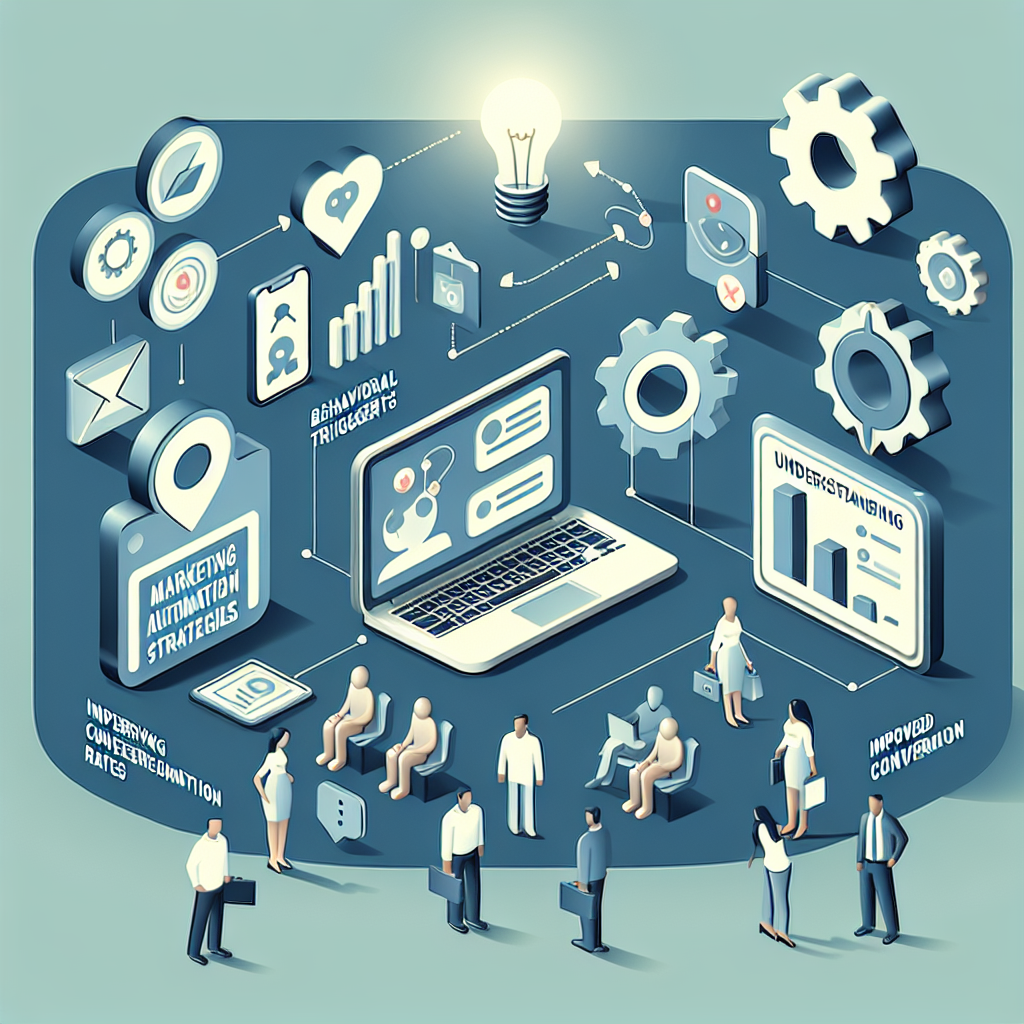How Large Language Models (LLMs) Are Transforming Digital Advertising in Marketing
Introduction
In an age where digital saturation challenges businesses to differentiate themselves, Large Language Models (LLMs) have emerged as significant disruptors in digital advertising. As advanced subsets of artificial intelligence (AI), these models leverage natural language processing capabilities to transform marketing strategies. By generating human-like content, analyzing vast datasets, and delivering personalized recommendations, LLMs empower marketers to elevate their engagement strategies and stand out in a crowded market. This article explores the transformative impact of LLMs, their evolution, and how they are redefining digital advertising.
Foundational Concepts of LLMs in Digital Advertising
At the core of LLMs are several essential AI-driven capabilities that are transforming digital advertising:
- Content Generation: LLMs, through AI, produce high-quality ad copy, social media posts, and product descriptions with unparalleled scale and speed, allowing marketers to maintain a consistent and compelling voice across platforms.
- Personalization: Leveraging AI, LLMs analyze audience behavior data to deliver tailored content recommendations and customized advertising messages, enhancing consumer engagement and connection.
- Task Automation: These models automate routine tasks such as data analysis and reporting, allowing marketers to focus on strategic planning and creative ideation. They also streamline A/B testing processes by rapidly generating and analyzing multiple ad variants to determine the most effective strategies.
- Optimization: LLMs enable dynamic targeting and optimization of campaigns by analyzing behavioral data to refine audience segmentation, predictive modeling, and budget allocation for maximum return on investment.
- Chatbots and Virtual Assistants: LLMs enhance customer service and user interactions by powering sophisticated AI-driven chatbots and virtual assistants, providing real-time support and improving the overall user experience.
Trends in LLMs for Digital Advertising
- Programmatic Advertising: LLMs facilitate programmatic advertising by optimizing ad campaigns and performing comprehensive ad performance analyses through AI.
- Content Creation and Optimization: AI-powered LLMs streamline content creation, generating drafts and refining messaging, thereby allowing marketers to focus on higher-level creative tasks.
- Customer Engagement: Enhanced customer engagement is achieved through LLM-driven, AI-enhanced personalized chatbot interactions and automated email responses, boosting satisfaction and conversion rates.
Evolution in the Digital Era
The digital era has transformed LLM applications by opening new AI-driven engagement channels. Platforms such as social media and sophisticated technologies equip businesses with precision-targeted advertising strategies, fostering more effective consumer interactions.
Consumer Behavior Shifts
The shift in consumer behavior, particularly the heightened demand for personalized experiences and sustainability, mandates that businesses adapt their strategies to align with contemporary customer values, a task made simpler and more efficient with AI-powered LLM technologies.
Case Studies and Real-World Examples
- Coca-Cola's AI-Driven Marketing Campaigns: Coca-Cola integrates LLMs into digital advertising efforts through AI to craft personalized email marketing campaigns, resulting in higher open and click-through rates.
- The New York Times and Wordsmith: Employing AI, The New York Times uses Wordsmith to automate real-time financial report writing, enhancing journalistic efficiency.
- Netflix’s Content Recommendation Engine: AI-backed LLMs analyze viewer behavior at Netflix, improving content recommendation accuracy and elevating user engagement and retention.
- Sephora’s Virtual Artist: Leveraging AI, Sephora utilizes LLMs to power its Virtual Artist feature, offering customers personalized makeup recommendations and tutorials, enhancing the shopping experience.
Challenges and Considerations
- Ethical Considerations: The deployment of AI, including LLMs, presents ethical challenges related to data privacy and inherent biases in generated content. Transparency and adherence to stringent data regulations are paramount.
- Adaptation to Consumer Behavior Shifts: Continued shifts in consumer behavior necessitate that businesses remain agile in adapting AI-enabled advertising strategies to stay aligned with changing customer preferences.
Conclusion
Large Language Models, as a significant AI development, are at the forefront of transforming digital advertising, empowering marketers to forge personalized, impactful interactions with their audiences. As AI and LLMs continue to evolve, their integration into marketing strategies will become increasingly pivotal. By leveraging the capabilities of LLMs for content generation, personalization, and optimization, businesses can launch targeted campaigns that resonate, drive engagement, and build lasting customer loyalty. The future of digital advertising will prioritize personalization, real-time adaptability, and ethical practices, ensuring marketing initiatives remain both effective and conscientious.
Featured Blogs

How the Attention Recession Is Changing Marketing

The New Luxury Why Consumers Now Value Scarcity Over Status

The Psychology Behind Buy Now Pay later

The Role of Dark Patterns in Digital Marketing and Ethical Concerns

The Rise of Dark Social and Its Impact on Marketing Measurement








